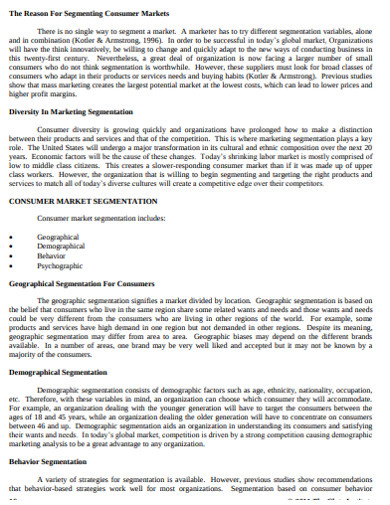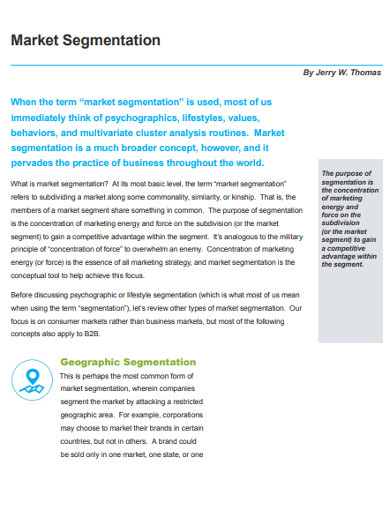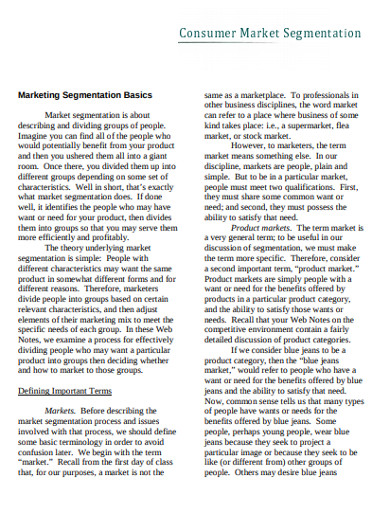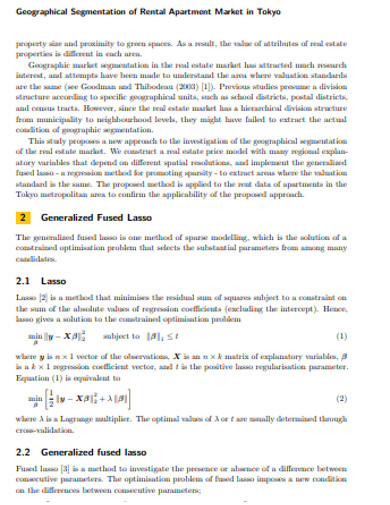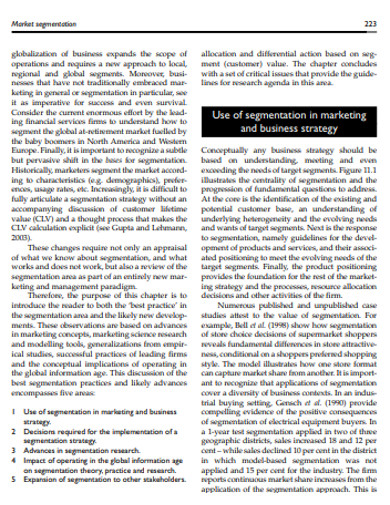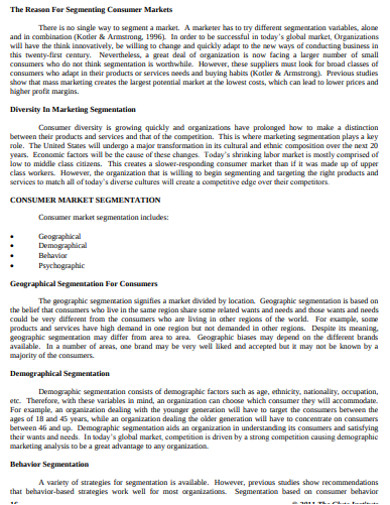34+ Market Segmentation Examples to Download
Are you ready to take your marketing efforts to the next level? If so, market segmentation is the key to success. By dividing your target market into distinct segments based on specific characteristics, you can tailor your strategies, messages, and offerings to meet the unique needs and preferences of each segment. In this comprehensive guide, we will explore 34+ market segmentation examples across various categories, including demographic, geographical, and psychographic segmentation. Whether you’re a seasoned marketer or just starting out, this article will provide you with valuable insights and a step-by-step guide to implementing market segmentation effectively. So, keep reading to discover how this powerful technique can drive your business forward.
1. Simple Market Segmentation Example

decisionanalyst.com
2. Sample Market Segmentation Example

faculty.wharton.upenn.edu
3. Market Segmentation and Positioning

nisis.weebly.com
4. Editable Market Segmentation Example
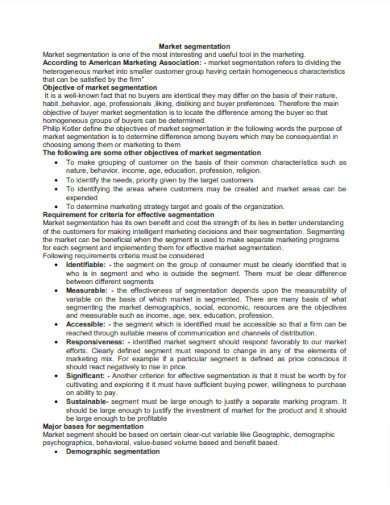
shivajicollege.ac.in
5. Market Segmentation in Tourism Example
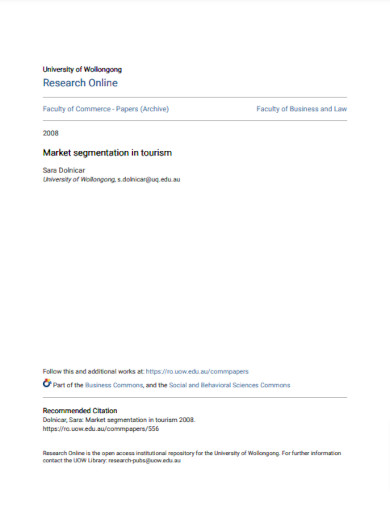
ro.uow.edu.au
6. Marketing Segmentation in Consumer Product Industry
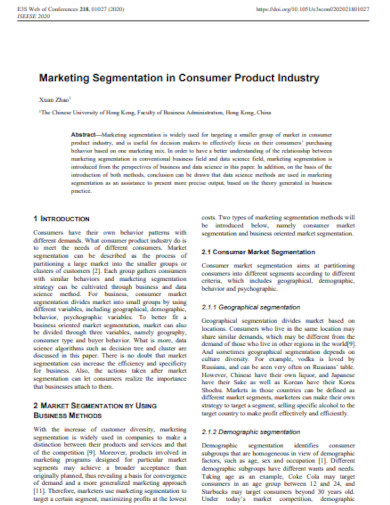
e3s-conferences.org
7. Market Segmentation and Targeting Example

openbooks.uct.ac.za
8. Entrepreneurship Market Segmentation Example

users.york.ac.uk
9. Segmentation and Target Markets Example
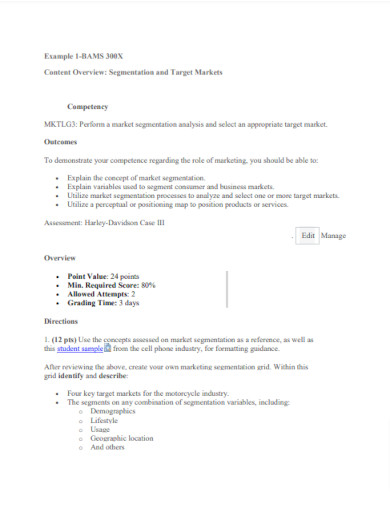
uwp.edu
10. Market Segmentation of Festival Attendees of an International Festival

dr.lib.iastate.edu
11. Market Segmentation Targeting and Positioning
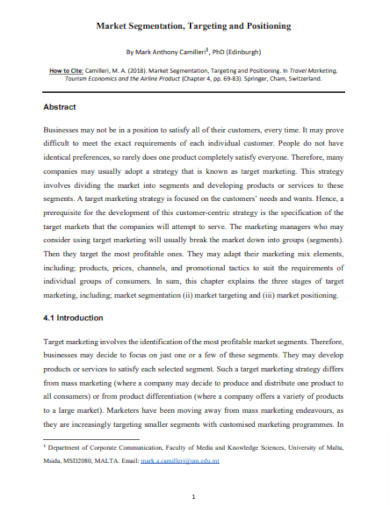
repository.dinus.ac.id
12. Printable Market Segmentation Example
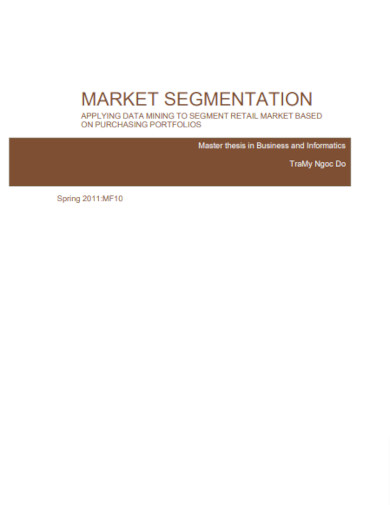
diva-portal.org
13. Science and Art of Market Segmentation Example

lexjansen.com
14. Banking Market Segmentation Example
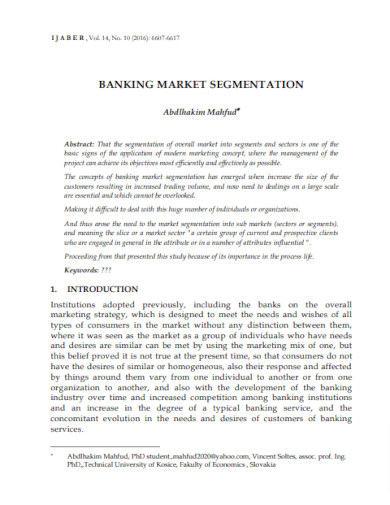
serialsjournals.com
15. Market Segmentation Research Example
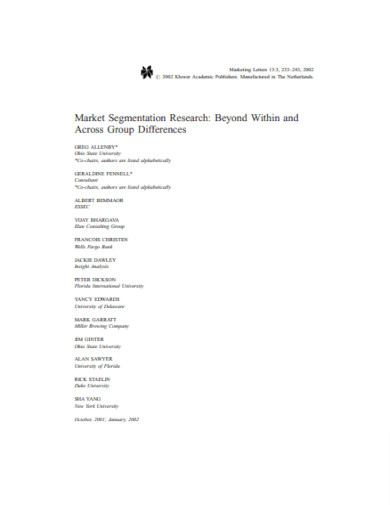
faculty.marshall.usc.edu
16. Illustration of a Market Segmentation Technique
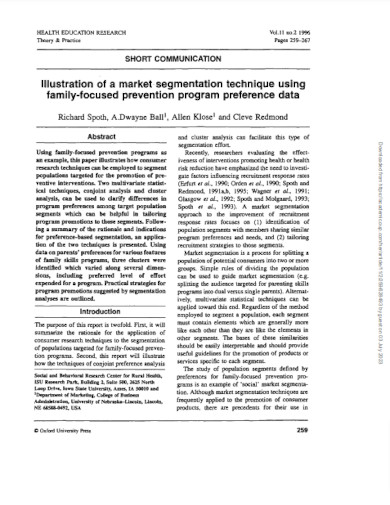
watermark.silverchair.com
17. Teaching Market Segmentation Example
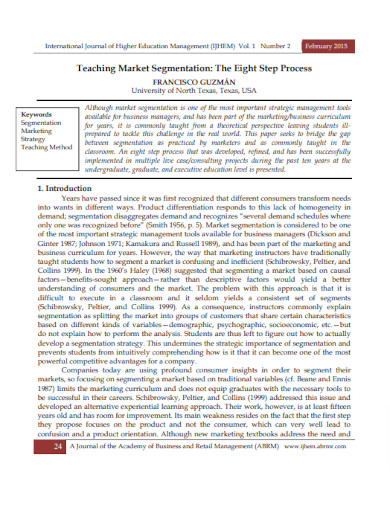
ijhem.com
18. Market Segmentation Strategies for Success
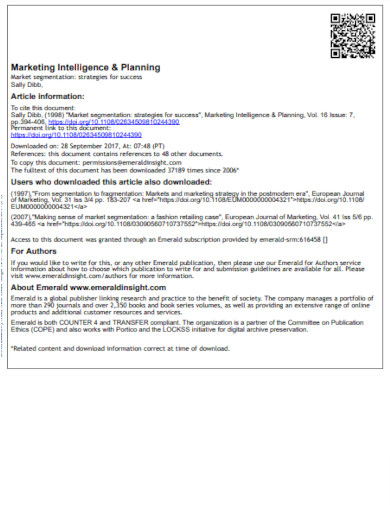
abeuk.online
19. Market Segmentation Strategies Used as Competitive Advantage Tool
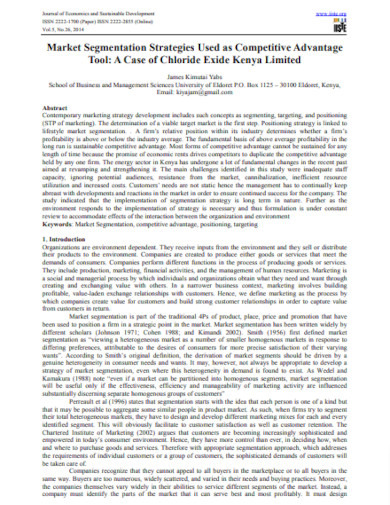
iiste.org
20. An Analysis of Demand Segmentation Methods

dspace.mit.edu
21. Segmenting and Targeting Your Markets

ecommons.cornell.edu
22. Market Segmentation Analysis Example

marketbookshelf.com
23. Market Segmentation Trees Example
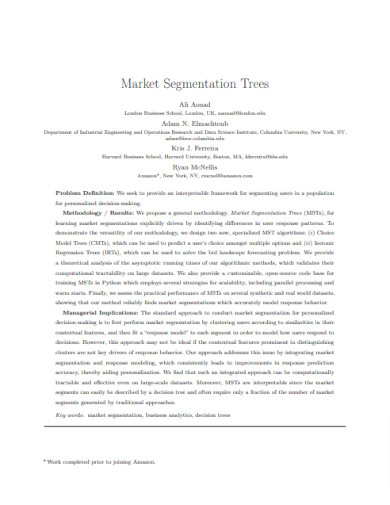
hbs.edu
24. Business to Business Market Segmentation

essay.utwente.nl
25. Market Segmentation and Buying Behavior

ifama.org
26. Importance Of Marketing Segmentation Example
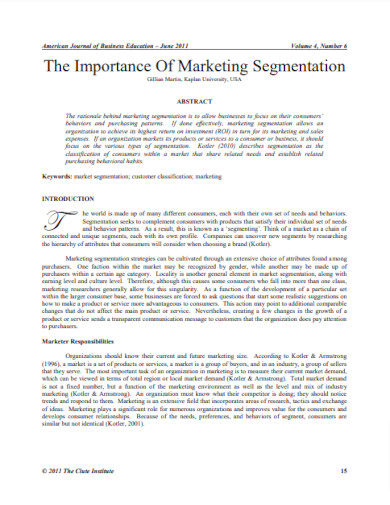
files.eric.ed.gov
27. Market Segmentation as a Strategy for Customer Satisfaction and Retention

ijecm.co.uk
28. Geographical Digital Market Segmentation Example
29. Sample Geographical Marketing Segmentation Example
30. Basic Geographic Market Segmentation Example
31. Geographic Consumer Market Segmentation Example
32. Geographical Segmentation of Rental Apartment Market Example
33. Simple Demographic Market Segmentation Example
34. Demographic Market Segmentation Strategy Example
35. Formal Demographic Market Segmentation Example
What is Market Segmentation?
Market segmentation refers to the process of dividing a heterogeneous market into smaller, homogeneous groups or segments based on specific characteristics. These characteristics can include demographic factors like age, gender, income, or occupation, as well as psychographic factors such as lifestyle, interests, or values. The goal of market segmentation is to identify distinct groups of consumers with similar needs, preferences, and behaviors. By understanding these segments, businesses can develop targeted marketing strategies to reach and engage their target customers more effectively, ultimately driving sales and fostering customer loyalty.
How to conduct Market Segmentation
Market segmentation is a vital tool in the realm of marketing, allowing businesses to target specific customer groups effectively. By dividing a broad market into distinct segments, companies can tailor their products, services, and marketing strategies to cater to the unique needs and preferences of each segment. Let’s dive deeper into what market segmentation is and explore a step-by-step guide to implementing it successfully.
Step 1: Define Your Objectives
Begin by clearly defining your marketing objectives and what you aim to achieve through market segmentation. This will help you stay focused and guide your decision-making process.
Step 2: Identify Relevant Segmentation Variables
Consider the various segmentation variables that are most relevant to your industry and target market. These variables can include demographics, psychographics, geographic location, buying behavior, or even technographic factors.
Step 3: Collect Data
Gather data about your target market using a combination of primary and secondary research methods. Primary research involves collecting data directly from your customers through surveys, interviews, or focus groups, while secondary research utilizes existing data sources such as industry reports, government publications, or market research studies.
Step 4: Analyze the Data
Once you have collected the data, analyze it to identify patterns, trends, and commonalities among your target audience. Look for similarities and differences that can help you create distinct market segments.
Step 5: Create Market Segments
Based on your market analysis, create meaningful market segments that reflect the unique characteristics and preferences of your target audience. Each segment should be distinguishable, measurable, accessible, and actionable.
Step 6: Develop Targeted Marketing Strategies
Tailor your marketing strategies, messages, and communication channels to address the specific needs and preferences of each market segment. This may involve creating personalized advertisements, developing targeted content, or utilizing different digital marketing platforms.
Step 7: Test and Refine
Implement your targeted marketing strategies and measure their effectiveness. Monitor the response of each segment and make adjustments as needed to optimize your approach.
FAQs
Why is market segmentation important?
Market segmentation is important because it allows businesses to understand and target specific customer groups more effectively. By tailoring products, services, and marketing strategies to individual segments, companies can increase customer satisfaction, generate higher conversion rates, and achieve a competitive edge in the market.
What are the benefits of market segmentation?
The benefits of market segmentation are numerous. It enables businesses to identify and focus on the most profitable customer segments, enhance customer satisfaction through personalized offerings, optimize marketing budgets by targeting the right audience, and increase overall efficiency and effectiveness in reaching their target market.
How can digital marketing and video marketing be used in market segmentation?
Digital marketing and video marketing play a crucial role in market segmentation. They provide businesses with a range of tools and platforms to reach specific customer segments more precisely. By leveraging digital channels and creating targeted video content, companies can effectively engage with their target audience, deliver personalized messages, and build stronger connections that resonate with the unique characteristics of each segment.
In conclusion, market segmentation is a powerful strategy that enables businesses to understand and cater to the diverse needs of their target market. By dividing the market into distinct segments and implementing targeted marketing strategies, companies can drive customer engagement, enhance brand loyalty, and achieve sustainable growth. So, embrace the potential of market segmentation, explore the diverse examples shared here, and unlock the path to marketing success for your business.



